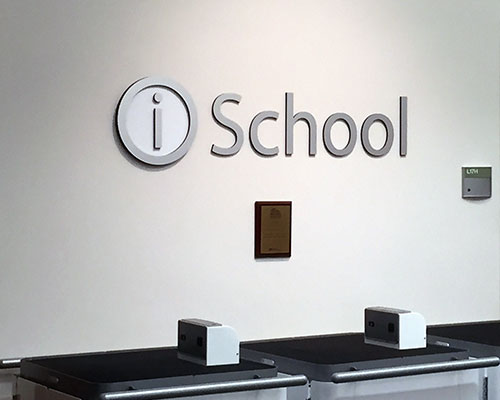Inside the I-School at Haverhill High School.
Haverhill School Committee members Thursday night appeared to welcome technology advancements that will spare biology students, for example, the chore of actually dissecting frogs.
Touching upon recent history of tech advancements in the schools, Technology Director Tim DiFalco noted it was just three years ago that high-speed cable was brought to the middle schools, with a savings of $350,000. A recent $1.5 million state grant enabled all schools to have Wi-Fi at the start of the current school year.
DiFalco’s presentation focused on new IT pathways at the high school, where students will be able to virtually dissect a frog, examine the chambers of a heart and play a piano without large investments in fume hoods, chemicals, instruments and other big ticket items. DiFalco highlighted how new digital classrooms promote “blended learning” – a combination of conventional teaching and electronic pedagogy, which includes the use of Google apps and mobile carts.
Among the IT pathways DiFalco discussed were smartboards “so smart you don’t need a board” and iBeacon, which allows student to download lesson materials to their phones. DiFalco noted “flip classrooms,” in which students prepare online before attending class, are now possible.
School Committeeman Paul A. Magliocchetti said, “there’s a net cost savings here,” as he characterized the tech updates as “an investment in the future, not a capital expense.” He also raised also raised equity concerns, saying it was needed at all the middle and elementary schools, not just the high school and the new Hunking.
Vice President Gail M. Sullivan and committee member Scott W. Wood, Jr. raised concerns about the teacher training required, especially within the confines of a school day. DiFalco reported that training was available both online and at an I-school, located at the high school, where teachers could work with individual trainers.
Although strongly supporting the program, Mayor James J. Fiorentini emphasized not losing sight of the bigger picture, noting that “the old-fashioned way is also needed,” and that “the problem of education isn’t one that tech can necessarily solve.”

